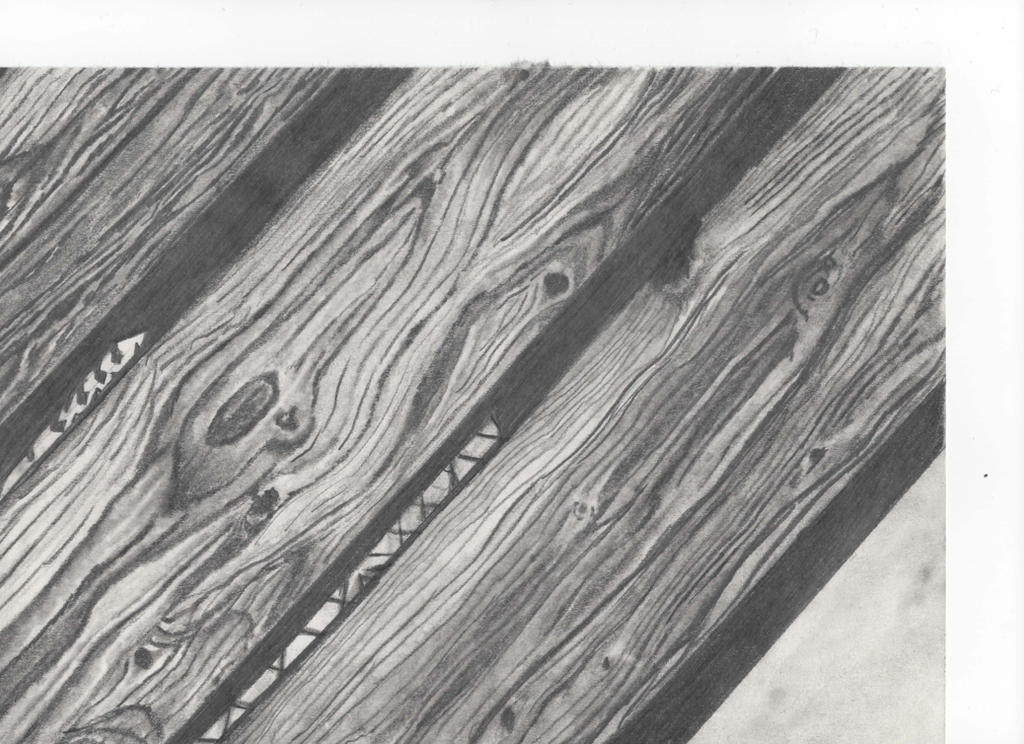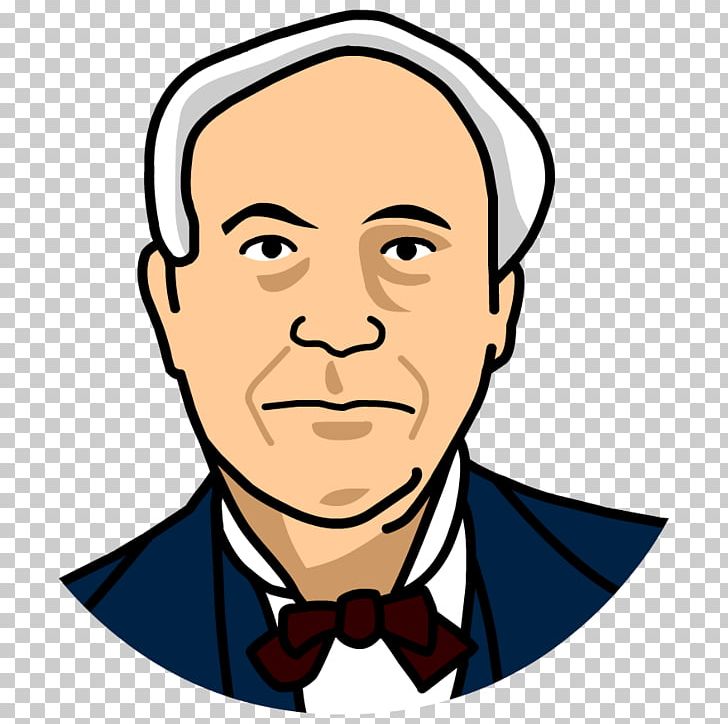Tree bark drawing pattern
Table of Contents
Table of Contents
If you’re interested in drawing natural-looking wooden surfaces, such as wood planks, then you have come to the right place. Drawing wood planks requires some artistic skills, and you may feel intimidated at first. However, with proper guidance and some practice, anyone can become proficient in this art. In this guide, we’ll share tips and tricks on how to draw wood planks and related keywords to help you achieve realistic-looking drawings effortlessly.
Pain Points
One of the biggest challenges that artists face when trying to draw wood planks is achieving a convincing wood texture. It’s easy to overdo the imperfections, creating a random pattern that does not look natural at all. Similarly, drawing wood planks that appear to go on infinitely in the distance can be challenging as well. Without getting the perspective right, the drawing can appear skewed or flat.
How to Draw Wood Planks
Start by drawing a line horizontally across the page. This line is your horizon line, and it gives you a sense of what is in the foreground versus what is in the background. Next, draw rectangles to represent each plank. Make sure that the lines are not perfectly straight, as real wood has some imperfections. Use varying wood shades to create depth and dimensionality. You may also want to add knots, cracks, and fissures for a realistic appearance. Finally, remember to add shadows to each wood plank to make them appear more dimensional.
Summary of Main Points
To draw wood planks, begin by drawing a horizon line, creating wood plank rectangles, adding imperfections, and applying depth and dimensionality. Add knots, cracks, and fissures for the realistic appearance, and remember to add shadow to each wood plank.
How to Draw Wood Planks - Targeted Tips
When I first started drawing wood planks, I thought it was a difficult task. However, over time, I discovered some useful tips that helped me create realistic-looking wood textures. One thing that I found helpful was to look at reference pictures online, as they can provide inspiration and a better idea of what wood grain should look like. Additionally, I found that having a light and precise touch with my pencil was crucial to creating a convincing wood texture. Finally, remember that the direction of the wood grain is important for capturing the true essence of wood texture.
How to Draw Wood Planks - Perspective Tips
One of the biggest obstacles that I faced when drawing wood planks was achieving a convincing sense of perspective. For this, I found that using a vanishing point can be helpful. Also, pay attention to the size of each wood plank, as the surface closer to you appears larger than the planks that are farther away. Additionally, remember that angles can distort the wood shape, and try to keep this in mind while creating the illusion of depth.
Adding Wood Grain - Tips
When drawing wood planks, it’s important to focus on the wood grain that flows throughout the surface. To achieve this, use long curved lines to create the illusion of the wood grain patterns, working smoothly in areas where the wood grain flows, and roughing it up in those areas where there are knots or bark.
Adding Texture to Wood Planks - Tips
Creating a realistic texture for wood planks can be accomplished by adding imperfections, such as knots or flaws. Use simple markers or pens to add these to increase the depth and detail of the drawing. Finally, add shadows to help create a sense of depth and dimensionality.
Question and Answer
Q: Which tools are essential for drawing wood planks?
A: There’s a good chance you already have everything you need – a pencil, an eraser, and paper. For advanced techniques, you may use a range of pencils with different shades or a tablet to draw digitally.
Q: How can I achieve a convincing wood texture in my drawing?
A: Use varied shades for different grades of wood, and make some variations in the lines and shading to make it look more natural.
Q: How can I create a distance effect while drawing wood planks?
A: Use the perception of distance in the line drawing, using short and coarse strokes upfront, which become more detailed as you move towards the horizon.
Q: How do I draw cracks and knots on the wood plank surface?
A: Start by sketching a basic outline of the wood plank surface. Then, adjust the thickness of the lines and bring out the inner texture of the wood. Use a darker pencil or add some shading to create cracks and knots in the drawing.
Conclusion of How to Draw Wood Planks
By following the tips and techniques outlined in this post, you should be well on your way to creating a realistic wood plank texture. Remember, practice makes perfect, so don’t hesitate to try different approaches until you find what works best for you. Whether you’re a beginner or a seasoned artist, drawing wood planks can be a fun and rewarding experience as you create your own natural works of art.
Gallery
Drawing Wood Planks By Slaverker On DeviantArt

Photo Credit by: bing.com / wood drawing planks deviantart favourites
Wood Plank Drawing At GetDrawings | Free Download

Photo Credit by: bing.com / wood texture drawing grain plank background pattern vector natural illustration getdrawings seamless fur timber woods перейти pic
How To Draw Realistic Wood With Pencil - YouTube

Photo Credit by: bing.com / wood draw pencil realistic drawing texture easy sketch drawings sketches
Wood Plank Drawing At GetDrawings | Free Download

Photo Credit by: bing.com / texture wood plank textures drawing painted hand cartoon game paint getdrawings digital used 3d
Tree Bark Drawing Pattern - Google Search | How To Draw

Photo Credit by: bing.com / wood drawing texture bark tree draw pattern grain google sketch drawings sketches floors wall search october reclaimed pencil plank explore





